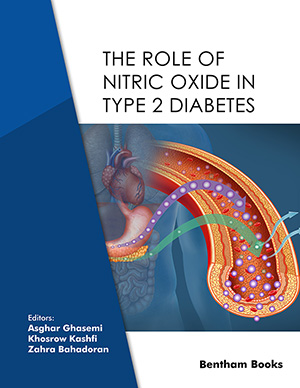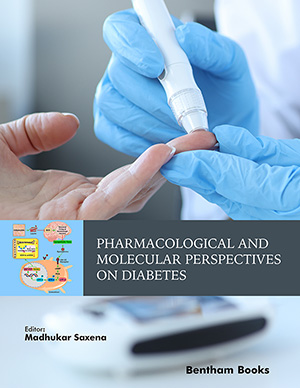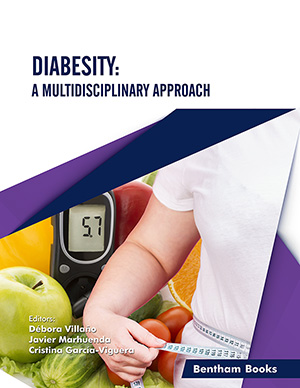
Abstract
Primary adrenal insufficiency (PAI) is the consequence of the bilateral destruction or impaired function of the adrenal cortex. The reduction of adrenocortical cell mass is responsible for a deficiency of glucocorticoids and, in some cases, of mineralocorticoids and adrenal androgens. Over the past few decades, new data on the prevalence of PAI, advances in the procedure for the clinical testing of the adrenal function, and the development of novel genetic and molecular biology techniques have improved our understanding of the physiopathological mechanisms involved in the process of adrenal dysfunction and its genetic background. The estimated prevalence of PAI is 110-120 subjects per million individuals, being slightly higher among females than among males. The diagnosis of PAI is made in the presence of the typical symptoms and signs accompanied by reduced levels of serum cortisol and elevated levels of plasmatic ACTH. The intravenous injection of synthetic ACTH (250 μg) (HDT) is helpful for testing cortisol response in patients with suspected PAI. Recently, we have demonstrated that the intravenous injection of very low doses of synthetic ACTH (1 μg) (LDT) has a high diagnostic sensitivity and specificity for PAI, and this test could be proposed as an accurate way to identify subjects with adrenal dysfunction. The presence of a mineralocorticoid deficiency can be tested by measuring plasmatic or urinary aldosterone levels, which can be low in PAI, and plasma renin activity, which is elevated. Adrenal androgen deficiency (i.e. DHEA) can be assessed by specific radioimmunoassays, but they are not usually performed in routine clinical practice. The clinical spectrum of Addisons disease has expanded dramatically, and a long series of additional causative mechanisms has been identified. In Western countries, up to 70% of cases of PAI is the consequence of the autoimmune destruction of adrenocortical cells. The enzyme steroid 21-hydroxylase (21OH) is the major adrenal autoantigen in autoimmune PAI and the appearance of adrenal cell autoantibodies (ACA) and 21OH antibodies (21OHAb) is considered a sensitive and specific immune marker of this condition. The genetic risk for autoimmune PAI is associated with HLA-DR3-DQ2 and with allele 5.1 of the MHC class I chain-related A (MICA) gene. Chronic PAI may also result from targeting of the adrenal gland by Mycobacterium tuberculosis, fungal agents, Cytomegalovirus infection during AIDS or coagulative diseases and bilateral metastasis. Many genetic disorders, such as X-linked adrenoleukodystrophy (ALD), adrenal hypoplasia congenita (AHC) and ACTH resistance syndrome, can cause PAI in children, and sometimes also in adult subjects. ALD is a hereditary peroxisomal disorder characterized by demyelination of the nervous system and PAI; the detection of increased plasmatic levels of VLCFA is the biochemical marker of this disease. AHC is another X-linked disorder, in which affected males present with hypogonadotropic hypogonadism and PAI; the gene involved is known as DAX-1 and is located in the long arm of chromosome X. Familial ACTH resistance syndrome is characterized by high levels of ACTH and adrenal insufficiency due to mutations of the ACTH receptor gene, located on chromosome 18p11. This clinical form should be differentiated from triple A syndrome (achalasia, alacrimia, adrenal insufficiency), which is caused by a recently identified gene located on chromosome 12q13. This wide range of forms of PAI suggests that identification of the etiologic cause of PAI in the individual patient is an important diagnostic step, due to the different clinical management. The treatment of PAI is based on hormone-replacement therapy. Cortisol deficiency can be compensated by oral administration of hydrocortisone or cortisone acetate twice or three times a day. The mineralocorticoid drug used for aldosterone replacement is 9-alpha-fluoro-cortisol, administered orally every day or on alternate days. Recent clinical studies have shown that the administration of DHEA is beneficial in PAI patients, and for this reason it has been proposed that treatment with DHEA could be a useful supplement to the replacement therapy for PAI.
 2
2









